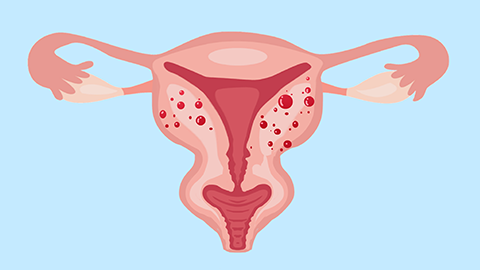What are the precautions for hymen repair?
Generally, hymenoplasty refers to the surgical repair of the hymen. Attention should be paid to the timing of the surgery, complete preoperative examinations, adequate postoperative rest, maintaining external genital hygiene, and avoiding sexual stimulation. Detailed explanations are as follows:

1. Selection of Surgical Timing
The surgery should ideally be performed 3-7 days after the end of menstruation. During this period, the menstrual cycle has just ended, the endometrium is in the early proliferative phase and relatively thin, and the vaginal environment is more stable, resulting in a lower risk of postoperative infection. Additionally, the interval until the next menstrual cycle allows adequate time for wound healing and reduces the possibility of infection caused by exposure to menstrual blood.
2. Complete Preoperative Examinations
A comprehensive gynecological examination is required, including routine vaginal discharge tests, blood tests, and coagulation function tests. Routine vaginal discharge tests are performed to rule out vaginal inflammation. If vaginitis is present, surgery could lead to the spread of inflammation, worsening the condition and affecting surgical outcomes. Blood and coagulation tests assess the patient's general health and clotting mechanisms. Abnormal clotting could result in severe complications such as uncontrolled bleeding during surgery, which may compromise surgical safety and postoperative recovery.
3. Adequate Postoperative Rest
Sufficient rest should be ensured after surgery, avoiding strenuous exercise and heavy physical labor. Local tissues require time to heal after hymenoplasty. Activities such as running, jumping, or prolonged standing increase abdominal pressure, which may strain the repaired hymen, potentially causing wound dehiscence, compromising the surgical outcome, and prolonging recovery time.
4. Maintain External Genital Hygiene
It is important to keep the external genital area clean and dry, washing it daily with warm water. The external genital area is prone to bacterial growth, and improper hygiene may allow bacteria to enter the surgical wound, leading to infection. This could result in local symptoms such as redness, swelling, and increased pain, or even systemic symptoms like fever.
5. Avoid Sexual Stimulation
Serious abstinence from sexual activity is required until the wound is fully healed. During sexual intercourse, the insertion of the penis can directly cause mechanical injury to the repaired hymen, potentially rupturing the hymen before it has healed properly. Wound tearing may also cause heavy bleeding and infection, leading to severe consequences.
In daily life, maintaining a healthy lifestyle by avoiding excessive alcohol consumption and smoking is important in reducing adverse bodily stimuli and preserving the health of the reproductive system.






